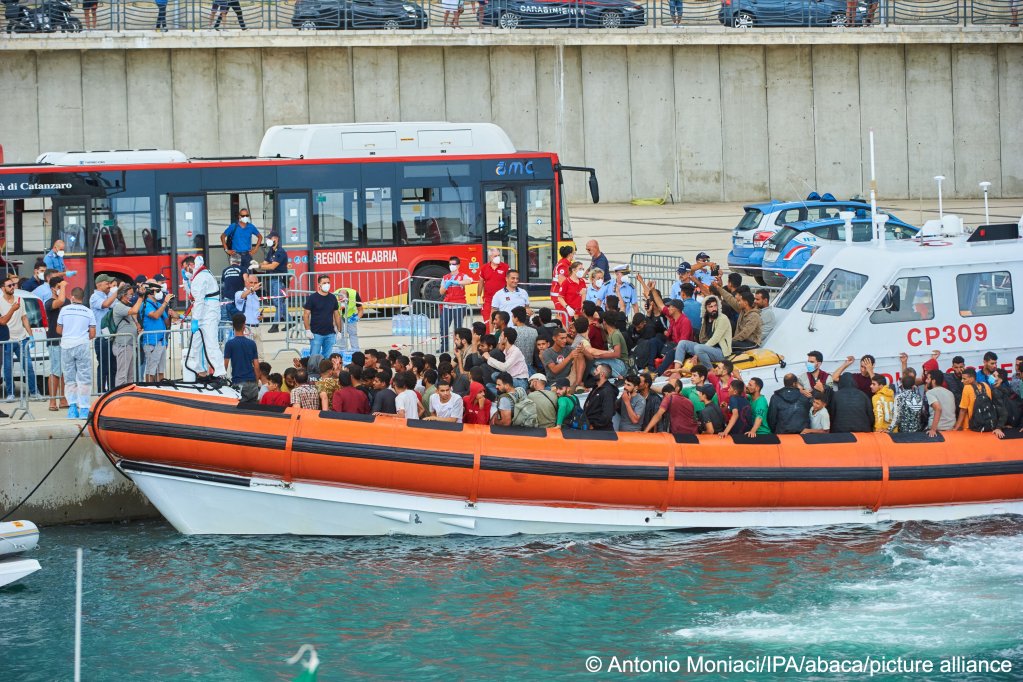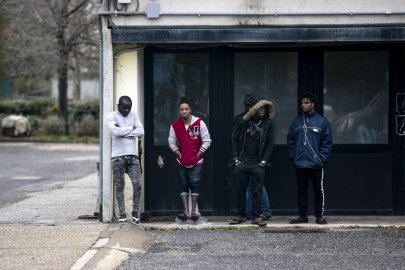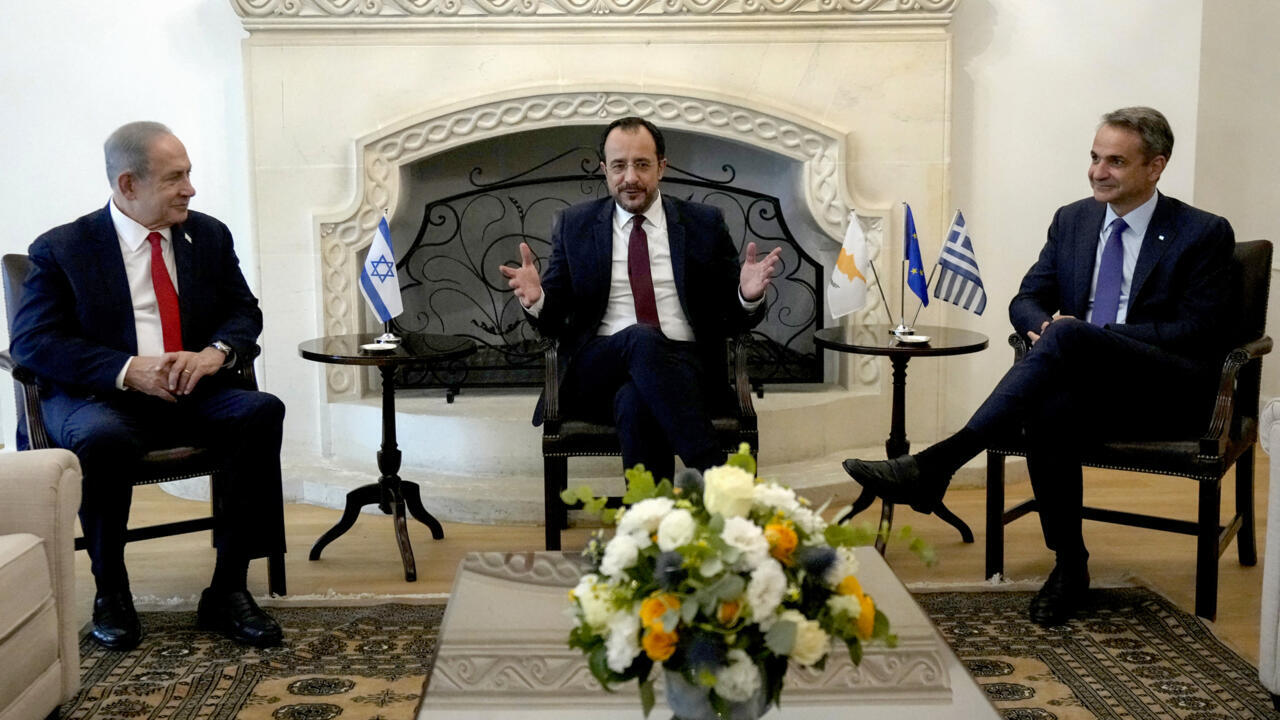EU leaders agree controversial plan to detain child asylum seekers
Source: InfoMigrants: reliable and verified news for migrants – InfoMigrants
European countries are considering new policies that could see children as young as six held in immigration detention. The changes were agreed during ‘jumbo’ negotiations on reforming the EU’s asylum rules.
Negotiators from the EU Parliament, the member states and the European Commission have reportedly agreed to lower the minimum age of child asylum seekers subject to proposed new border procedures from twelve to six years.
The move followed intense discussions during the so-called trilogue in Brussels on Thursday (December 7) around reforms the EU wants to apply to its migration and asylum policies, known as the New Pact on Migration and Asylum.
Human rights organizations, including Save the Children and the Platform for International Cooperation on Undocumented Migrants (PICUM), strongly criticized the new changes.
Michele LeVoy, Director of PICUM, said the move to detain and deport children as young as six had resulted from a series of rushed, last-minute deals. “Countries around the world have made a commitment to work towards ending immigration detention of children. This cannot be how Europe is governed,” she said.

This is likely to be the final, decisive round of negotiations on the New Pact in Brussels. The EU wants to reach an agreement on the main areas of reform before the end of December with the aim of applying the new rules before EU elections in June next year, in which migration is expected to be a major issue.
Also read: EU migration reform: Why is there so little progress?
What will change under the New Pact?
The plan for new asylum procedures directly at the EU’s external borders is one of four main areas of reform under discussion. This would mean that migrants seeking to come into the EU would effectively be subject to a screening process and could be refused entry if they come from countries with a low overall recognition rate, such as Turkey, India, Tunisia or Albania.
Asylum applications would be processed rapidly in centers not far from the borders — meaning mostly land frontiers and airports — so applicants could be quickly sent back if their request is judged to be unfounded or inadmissible. They could also be detained or given alternative restrictions, such as being ordered to stay in assigned residences.
The German government initially said that families with children and unaccompanied minors must be exempt from these border procedures. But on Tuesday (December 5), the interior minister, Nancy Faeser, agreed to endorse the package even if the exemption for children was not included.
More people deported, but no Rwanda plan
Deportations would be significantly accelerated under the EU proposals. Italy, Greece and Austria want to send asylum seekers whose claims are rejected back to “safe third countries,” including Tunisia and Albania.
The European Parliament is against any plan to deport migrants to third countries with which they have no connection or which they simply passed through on the way to the EU, ruling out a “Rwanda model” like the agreement between the UK government and the East African country.
Under a separate so-called solidarity mechanism, migrants would be redistributed from countries such as Italy, Spain, Malta, Greece, which have seen proportionately large numbers of arrivals. Italy in particular is demanding that migrants rescued in the Mediterranean are sent on to other member states.
This is seen as a way of alleviating some of the problems caused by the current “Dublin regulation”, which usually makes the country where an asylum seeker entered the EU responsible for them.
Another aspect of the reform is to increase pressure on states like Greece and Italy to record the identity of migrants when they first enter the bloc in order to prevent multiple asylum applications. However, this has been met with opposition on the basis that it will lead to police checks based on skin color, or “racial profiling.”
The fourth, final major reform planned in the New Pact is for an emergency response in the event of an unexpectedly high number of migrant arrivals – the kind of situation the EU faced in 2015-2016 when more than two million asylum seekers entered the bloc, many of them from Syria and Afghanistan.
The controversial measure would allow member states to apply lesser protections for asylum seekers, making it possible to hold them longer than usually permitted in detention centers at the borders.
With AFP, dpa
Also read: Europe considers offshore screening of asylum seekers after UK ruling
The original article: belongs to InfoMigrants: reliable and verified news for migrants – InfoMigrants .




